Anjali Pathak’s The Indian Family Kitchen marries Indian spices with modern cooking techniques.
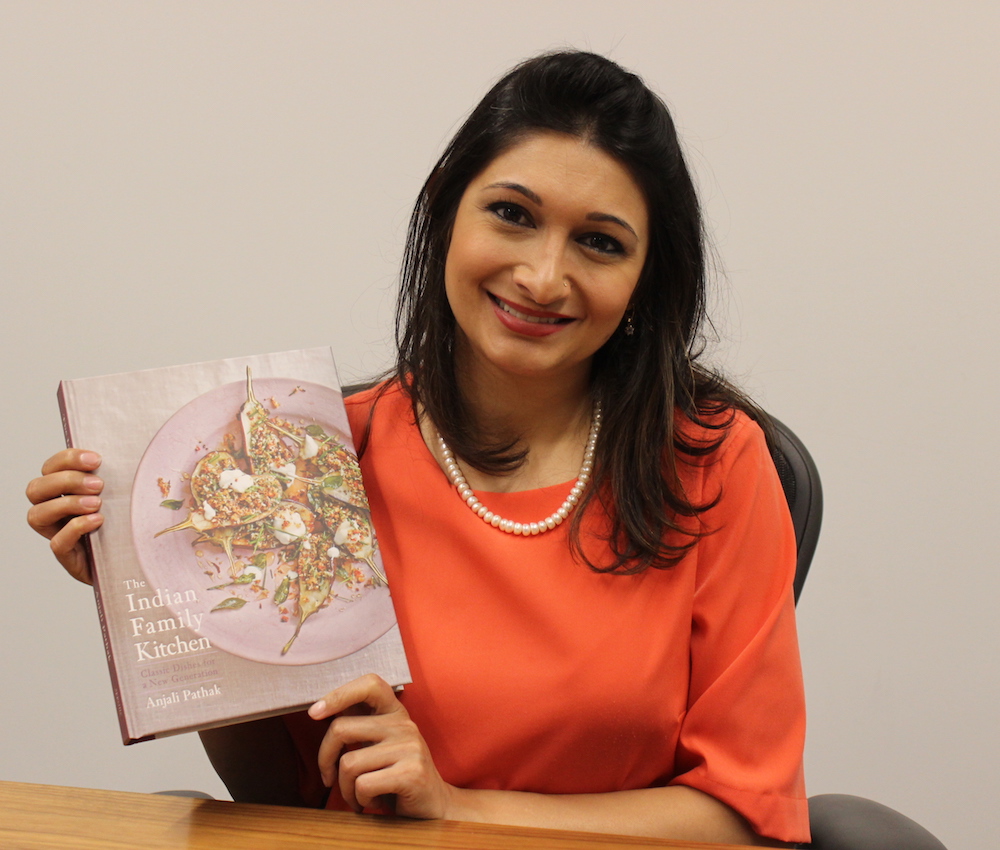
If Anjali Pathak’s last name seems familiar it’s because it’s the true spelling of the brand name her family built in the north of England, Patak’s. Patak’s arguably has done more to bring Indian flavours into the kitchens of people outside of India than anyone or thing else. Founded by her grandparents, and grown by her father and mother, Pathak spent her childhood tasting and learning about the intricate mixes of spices that went into the family firm’s products.
Although Pathak remains involved in Patak’s as a brand ambassador, the family sold the firm and she’s developed another role in the evolution of Indian cuisine. In her book The Indian Family Kitchen, which has sold well in Britain and is now being published in North America, Pathak marries her knowledge of spices with modern Western cooking techniques based on fresh, seasonal, produce and easily found ingredients. The look and feel of The Indian Family Kitchen is reminiscent of Jamie Oliver’s cookbooks, which makes sense given that Pathak taught at the author and broadcaster’s (now defunct) Recipease cooking school.
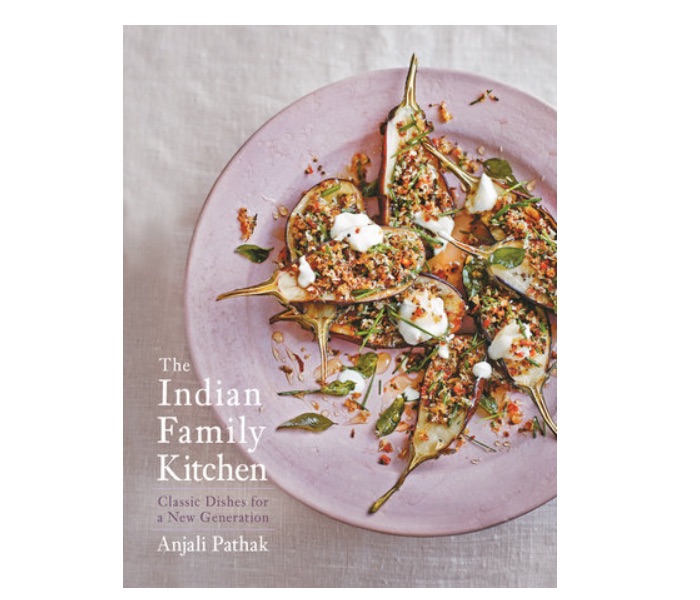
If Pathak, who speaks in a refined Northern English accent, is busy continuing to bring Indian culinary tradition to a new generation of British, Canadian and American cooks, she is intriguingly doing the reverse. She recently moved to Mumbai, where she teaches the city’s gastronomes Western and other foreign culinary techniques at her cooking school and studio space Flavour Diaries. In her early thirties, Pathak’s career is only beginning. As we chatted in her Toronto publisher’s audience, for the interview below, I had the premonition that Anjali Pathak is set to become a big deal.
INTERVIEW
Good Food Revolution: The recipes in The Indian Family Kitchen seem to me to be the sort of things my wife and I regularly cook at home. There are lots of grilled things and things that are fairly quick to make. I found that quite reassuring. As a person who isn’t of Indian heritage I always wondered if it was ok to combine Indian spices with Western techniques and ingredients. Also, I see that you’re a WSET person, which makes sense because I kept thinking that I might like t have a glass of wine with most of the dishes when I read through the book.
Anjali Pathak: Yeah, of course! What food wouldn’t you want a glass of wine with?!? [Laughs.]
GFR: OK good point, but let’s get back to the book. How would you describe it?
AP: It’s pretty much a modern way to look at Indian food, and to look at spices. It’s not massively traditional. I have nods to my heritage: there’s a chicken tikka masala in there, of course. And there’s a tadka dhal in there as well, which is a very traditional recipe. But I’ve modernized Indian cooking to suit my style of cooking and my style of eating. And since we don’t always have access to all the traditional ingredients outside of India, you’ve got to use what you have. You may also not have access to certain techniques. Maybe you don’t know them, or maybe there’s not time for them. So, it’s about bringing foods together and using spices to bring out flavours. Some things will feel quite Indian, with very Indian ingredients like curry leaves and mustard seeds, but they might be dishes you would never actually find in India. My palate always leans towards Indian food because that’s what I grew up with and there were great cooks and a lot of spice in my life! But I cook with whatever I have. I follow the Jamie Oliver effect and cook with what ever is in my pantry. I get my fridge open and I see what I have and put it together. More often than not it will work out. And if it doesn’t work out, you learn never to do it again! So really, I hope that’s what this book is about: encouraging people not to be afraid of spices.

GFR: So, I shouldn’t be intimidated by Indian food?
AP: No, but I understand why it can be quite intimidating. A lot of it is because your ingredients lists can be very lengthy. You might not have access to every single spice that maybe an Indian cook has. But, I make it very clear in all the chapters of my book that if you don’t have something, just leave it out.
GFR: That’s OK?
AP: It’s OK. It won’t taste exactly the way that I wrote it, but it doesn’t mean that it won’t taste nice. You adjust the flavours a little bit and make it taste nice based on what you have access to in your own home. That’s what I hope will come from my book: that people will cook from it and not be afraid of spice anymore.
GFR: I worry that I use Indian spices in an inauthentic way. But you have a beef dish in your book! That’s not very Indian, is it?
AP: [Laughs.] No, not at all!
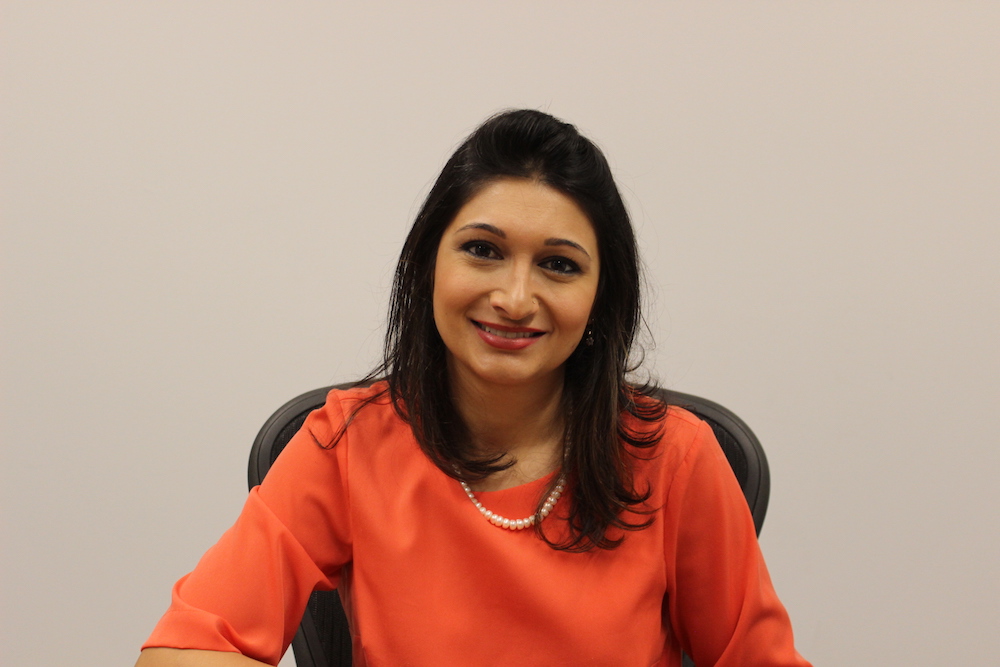
GFR: Well, then I’m glad that’s alright to add a little coriander and cumin to beef or pork. Actually, I think you say in your book that those two spices can make a basic masala?
AP: Absolutely. Start there and just build on them.You know, if we all start experimenting with food, we’ll all start growing our understanding of all the cultures around the world. When I was growing up my mum didn’t stick straight to Indian. We had very traditional dishes at times, but otherwise it was whatever she fancied experimenting with. There are so many different ways to create what you like and no one is going to tell you off for it. No one will come to your house and tell you, “That dish is not authentic!” If they come to your house, they will be pleased that you cooked for them. That’s what Indian Family Kitchen is about. Here are some more recipes that maybe you can add to your repertoire are hopefully going to hit some kind of flavour profile that hits a spice-infused places like the Middle East or South America.
GFR: That’s right. We should mention that there spice-positive recipes in The Indian Family Kitchen that are from places other than India.
AP: Yes, for instance I am obsessed with smoked paprika. I have been for a long time now. So, there are a lot of recipes in there that have smoked paprika.
GFR: So am I! I love smoked paprika, but I have sadly learned that not everybody does.
AP: I know! I have heard that and I honestly think, how can you not?
GFR: I actually have friends who come over for dinner and make snide remarks like, “Oh, are you putting any smoked paprika in that?” But I digress…
AP: You know, when I was writing the book there were a lot of ingredients that at times, like any chef, I became a little obsessed with. Smoked paprika was one of them. Curry leaves is one of them; I’m still on that band wagon. I love curry leaves and they’re fully accessible [in Toronto], which is great. If they’re not where you are, you just buy a bunch whenever you find them and freeze them to use whenever you want to.
GFR: What do curry leaves add to a dish?
AP: Flavour.
GFR: Like depth of flavour?
AP: No, I wouldn’t say it’s a depth of flavour thing. And it’s not like a fresh herb where there’s that instant refreshing flavour. It’s a bit like what spices do. Spices give a dish life. It’s not depth, it’s a simple clean flavour. You have it and its gone. It also adds a nice texture. You do have to have your curry leaves fried. They are supposed to be cooked off in whatever oil is in the pan, so it adds this crispness that’s quite nice.
GFR: Well there you go. That’s probably a good example of an ingredient I would forget if I was trying to make-up a dish. So, it’s good to have a book to remind and encourage me.
AP: Or you could leave it out, just like you can with anything. The way that I envisaged the use of The Indian Family Kitchen was was to think of your spice box, if you’re lucky to have one, or the array of spices you buy because you think you might use them, as your artist’s palette. I can guide you a little bit, but then just build on it and make it up. If you love a particular spice and I have used it in a recipe, put it in there! You’re the one eating it at the end of the day.
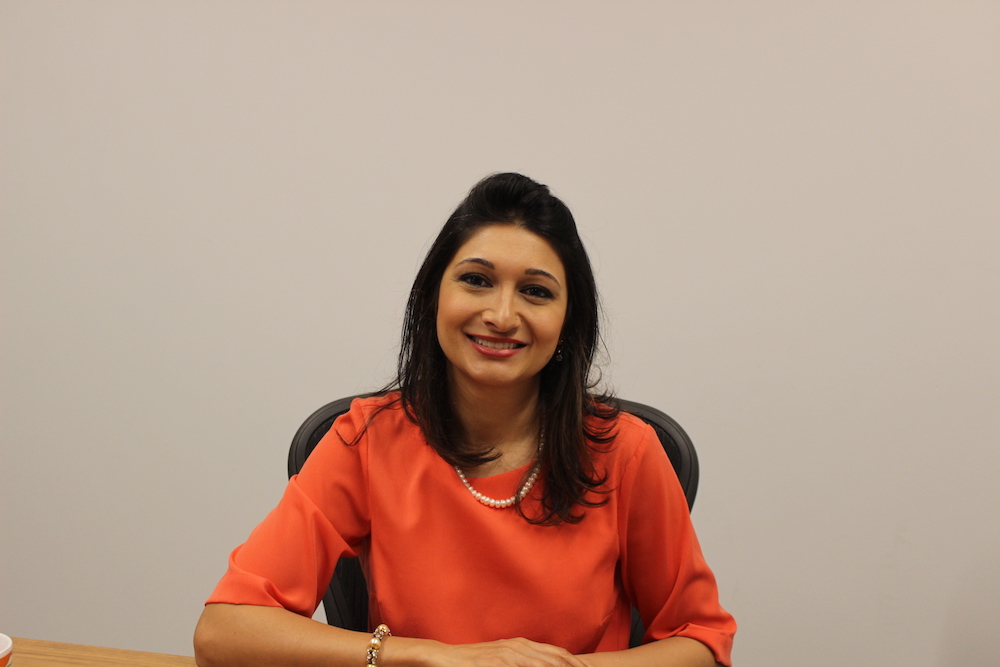
GFR: I get the feeling, just from the cookbooks I see being published over the last few years, that there is a growing interest in spices in places like the UK, Canada and the United States. One of my theories of why is that if there’s a limited array of ingredients out there. Unless you’re going to exotic shops and buying exotic things, there are only so many cuts of meat and only so many vegetables in season, especially form November to May. But spices are a way to keep what happens in your kitchen fresh and new.
AP: I agree with you there. Spices make every meal less boring, should it have once been a boring meal. I think that’s why if you look at Indian food across the board, in terms of what we have access to outside of India, we’re maybe limited to fifteen dishes that we know well and that we’ve all eaten at some point. That’s a pretty small number considering that India is huge. But you know, wherever you go and have those fifteen dishes they’re going to be different because it’s all down to the cook’s hand. It’s all down to the freshness of the spices. Between the quality of the ingredients and the use of spices you can transform and permutate that single dish and make it so different. Just by adding one extra spice you might create a sixteenth dish. Spices really do elevate a dish.
 Malcolm Jolley is a founding editor of Good Food Revolution and Executive Director of Good Food Media, the company that publishes it. Follow him on Twitter or Facebook.
Malcolm Jolley is a founding editor of Good Food Revolution and Executive Director of Good Food Media, the company that publishes it. Follow him on Twitter or Facebook.

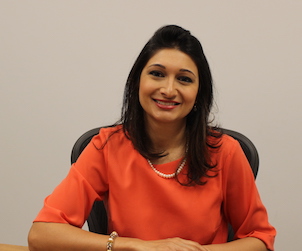


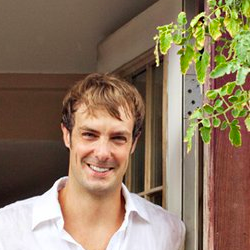
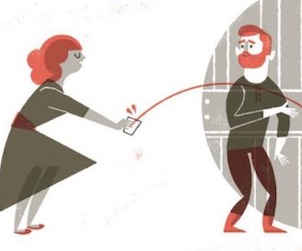

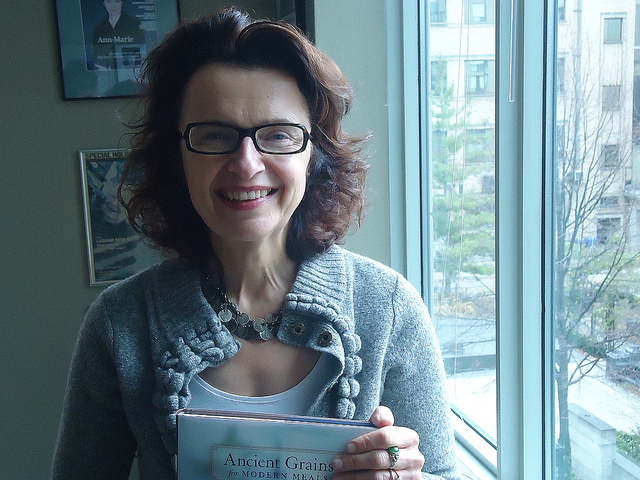

I had the pleasure to meet Anjali and enjoyed a meal with her on her visit. The book is great! I have cooked many recipes from it already, and it’s true–you can adapt them and they all turn out delicious. I’m loving it. Nice interview.
Thanks, Voula. She mentioned she was looking forward to lunch. I should have asked with who! Where did you take her?
I was invited to join Anjali at the table by the awesome folks at The Tite Group. We had lunch at Pukka. They created such an amazing meal (of course, right?) The menu included a few signature dishes from Pukka and some of Anjali’s creations from the book. I posted on my social media some of the dishes I cooked at home last week. It’s my favourite cookbook right now.
Right! Great shot! https://www.instagram.com/p/BC091CZoqEx/
We had fun. If you haven’t cooked from the book yet, do so! Look how yum! https://twitter.com/VoulaHalliday/status/710152756993118208